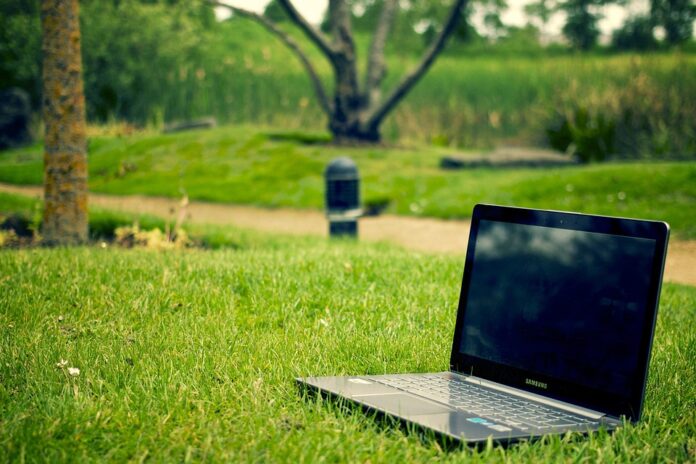Productivity and time management are essential skills that can help individuals achieve their goals and improve their overall quality of life. With the constant demands of work, family, and social obligations, it’s easy to get overwhelmed and struggle to manage time effectively. However, by implementing a few simple strategies and techniques, anyone can boost their productivity and make the most of their time.
One of the most important aspects of productivity and time management is setting clear goals and priorities. This involves identifying what needs to be accomplished and allocating time and resources accordingly. By setting specific, measurable, and achievable goals, individuals can focus their efforts and make steady progress towards achieving their objectives. It’s also essential to prioritize tasks based on their importance and urgency, ensuring that the most critical tasks are completed first.
Another key aspect of productivity and time management is creating a schedule and sticking to it. This involves planning out the day, week, or month, and allocating specific time slots for tasks, breaks, and leisure activities. By having a clear schedule, individuals can avoid procrastination, minimize distractions, and make the most of their time. It’s also essential to be flexible and adapt to changes as needed, while still maintaining a sense of structure and routine.
Effective time management also involves minimizing distractions and optimizing the work environment. This can include strategies such as turning off notifications, finding a quiet workspace, and using tools such as website blockers or productivity apps to stay focused. Additionally, taking regular breaks and practicing self-care can help individuals recharge and maintain their energy and motivation levels.
Technology can also play a significant role in boosting productivity and time management. There are numerous tools and apps available that can help individuals manage their time, prioritize tasks, and stay organized. For example, project management tools such as Trello or Asana can help teams collaborate and track progress, while time management apps such as RescueTime or Focus@Will can help individuals monitor their time usage and stay focused.
In addition to these strategies, there are also several productivity techniques that can help individuals manage their time more effectively. The Pomodoro Technique, for example, involves working in focused 25-minute increments, followed by a five-minute break. This can help individuals stay focused and avoid burnout. The Getting Things Done (GTD) method, on the other hand, involves breaking down large tasks into smaller, manageable steps, and creating a system for tracking and organizing tasks and projects.
Another important aspect of productivity and time management is learning to say no and set boundaries. This involves being mindful of taking on too much and learning to prioritize one’s own needs and goals. By setting clear boundaries and learning to say no to non-essential tasks, individuals can avoid overcommitting and maintain a healthy work-life balance.
Finally, it’s essential to review and adjust one’s productivity and time management strategies regularly. This involves reflecting on what’s working and what’s not, and making adjustments as needed. By continually evaluating and improving their approach, individuals can optimize their productivity and achieve their goals more efficiently.
In conclusion, productivity and time management are essential skills that can help individuals achieve their goals and improve their overall quality of life. By setting clear goals and priorities, creating a schedule, minimizing distractions, and using technology and productivity techniques, anyone can boost their productivity and make the most of their time. Additionally, learning to say no and set boundaries, and regularly reviewing and adjusting one’s approach, can help individuals maintain a healthy work-life balance and achieve their objectives.
Frequently Asked Questions
Q: What is the most effective way to manage my time?
A: The most effective way to manage your time will depend on your individual needs and goals. However, some common strategies include setting clear goals and priorities, creating a schedule, minimizing distractions, and using productivity tools and techniques.
Q: How can I avoid procrastination and stay motivated?
A: To avoid procrastination and stay motivated, try breaking down large tasks into smaller, manageable steps, and create a schedule with regular breaks and rewards. Additionally, find ways to make the task more enjoyable, such as listening to music or working with a friend.
Q: What are some common productivity mistakes to avoid?
A: Common productivity mistakes to avoid include multitasking, overcommitting, and failing to take breaks. Additionally, be mindful of distractions such as social media and email, and try to minimize their impact on your productivity.
Q: How can I use technology to boost my productivity?
A: There are numerous tools and apps available that can help you manage your time, prioritize tasks, and stay organized. Some popular options include project management tools such as Trello or Asana, time management apps such as RescueTime or Focus@Will, and productivity software such as Evernote or Todoist.
Q: What is the Pomodoro Technique and how can it help me?
A: The Pomodoro Technique involves working in focused 25-minute increments, followed by a five-minute break. This can help you stay focused, avoid burnout, and maintain a sustainable work pace. By using this technique, you can boost your productivity and achieve your goals more efficiently.
Q: How can I maintain a healthy work-life balance?
A: To maintain a healthy work-life balance, try setting clear boundaries between your work and personal life, and prioritize self-care and leisure activities. Additionally, learn to say no to non-essential tasks and avoid overcommitting, and make time for activities that bring you joy and relaxation.


